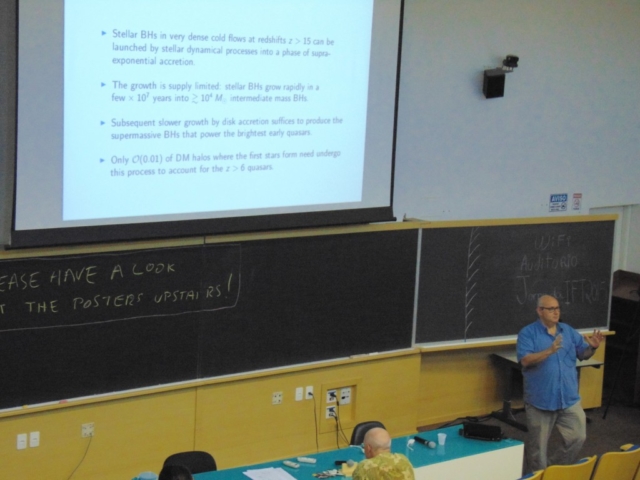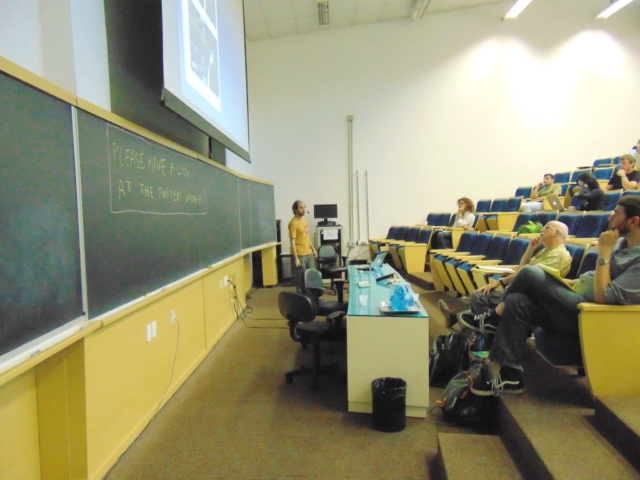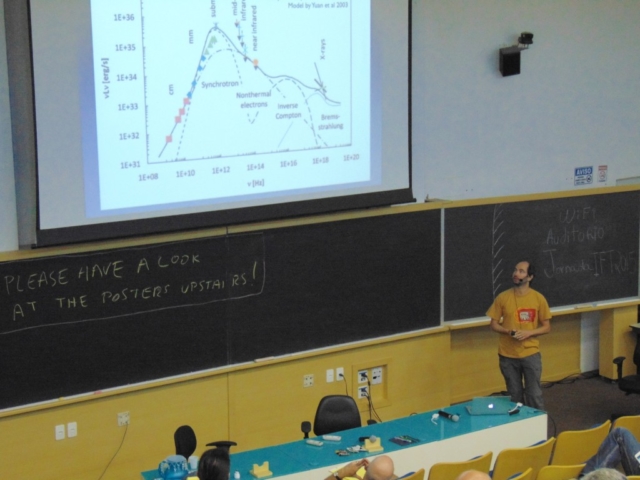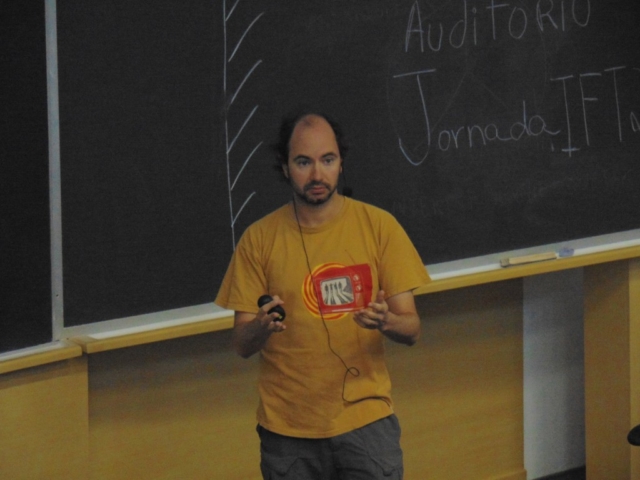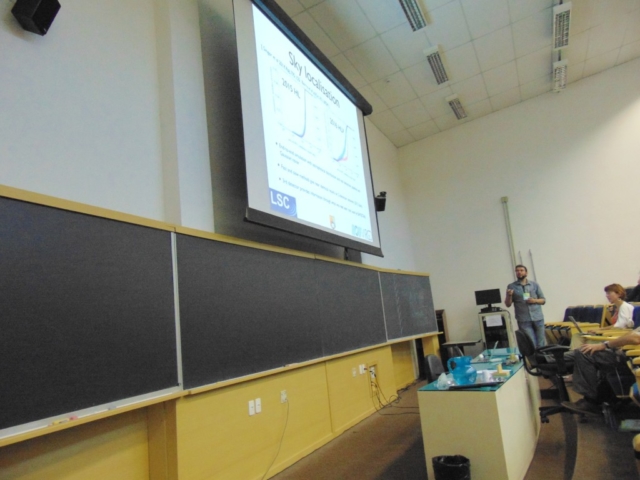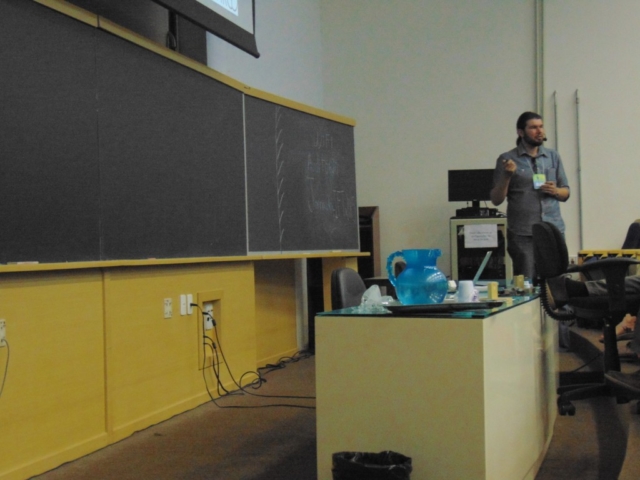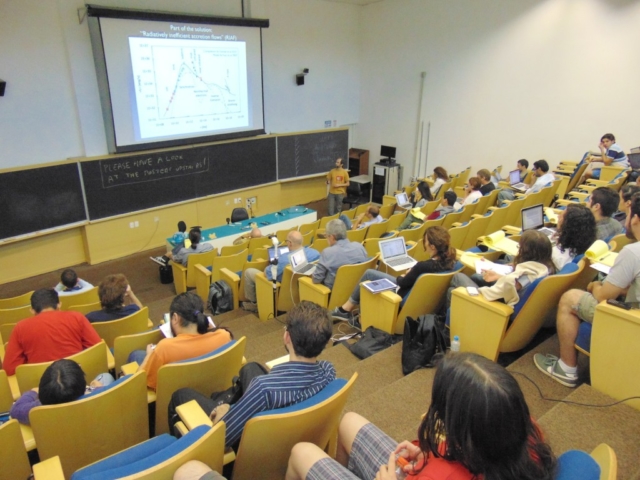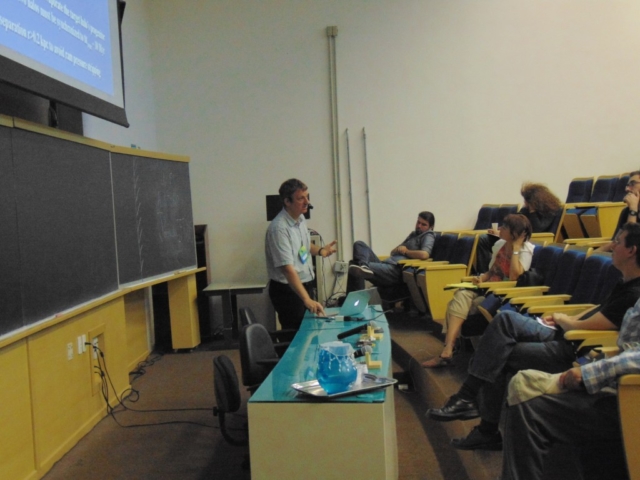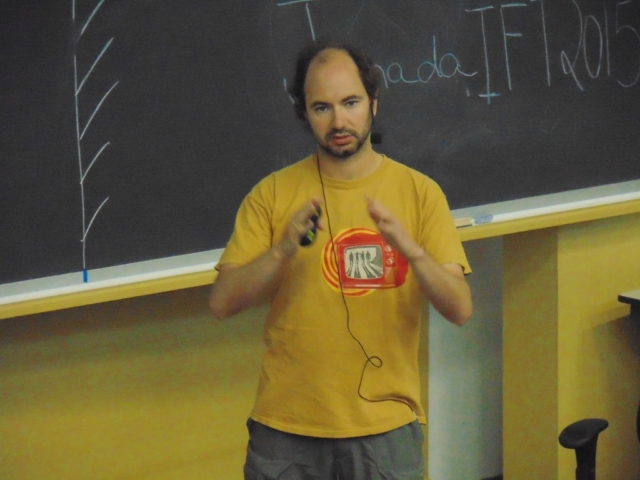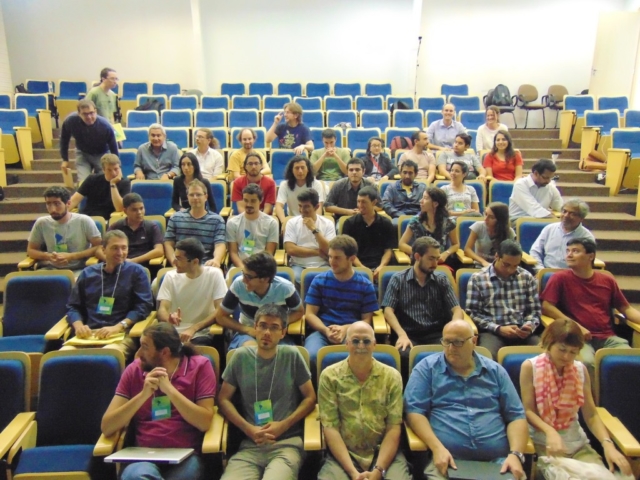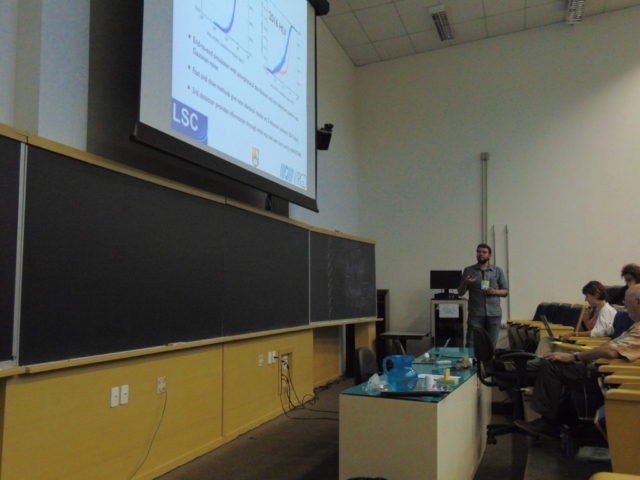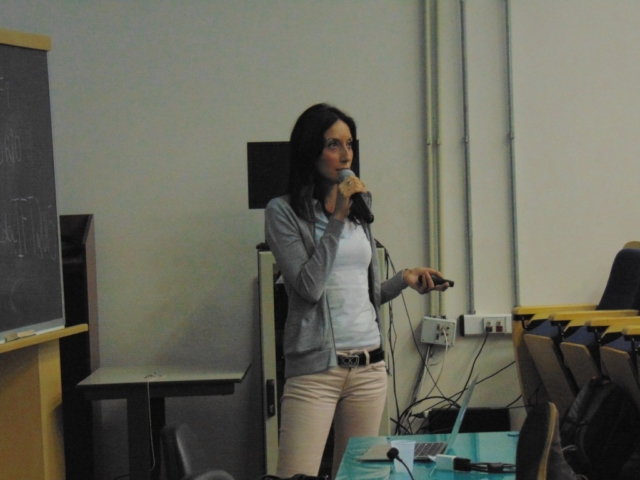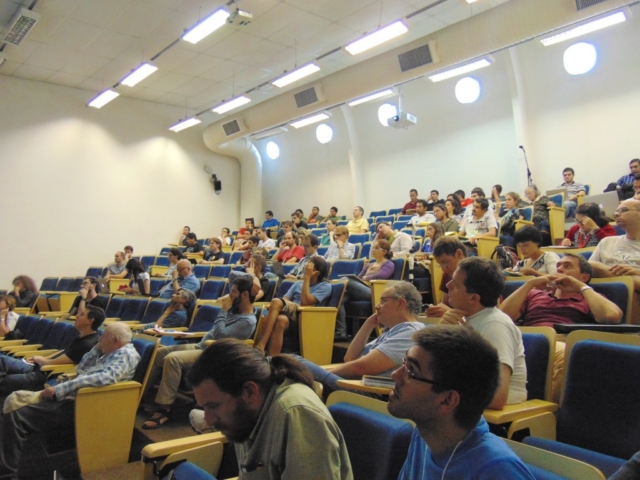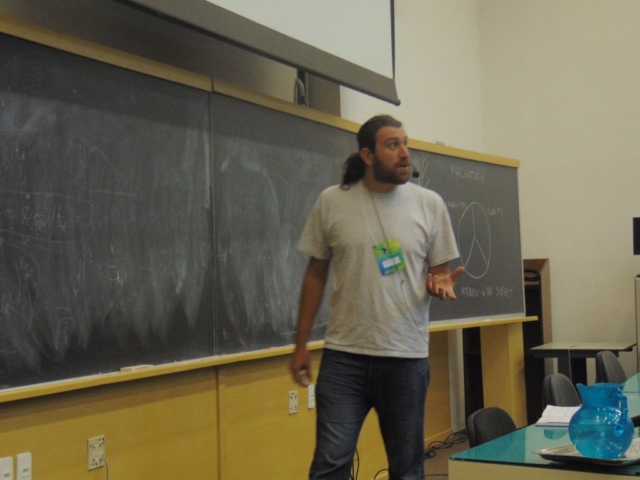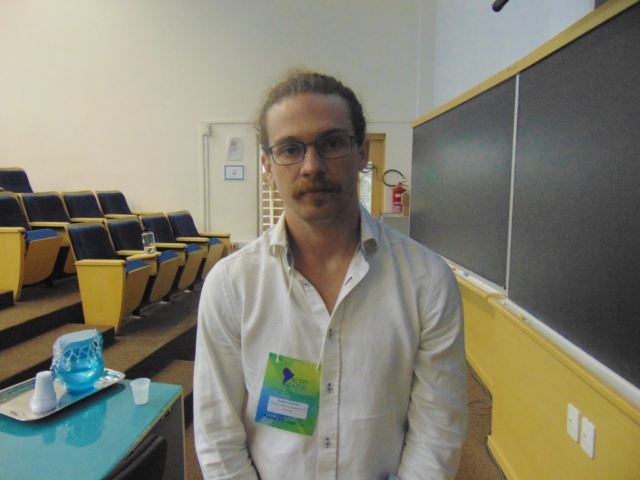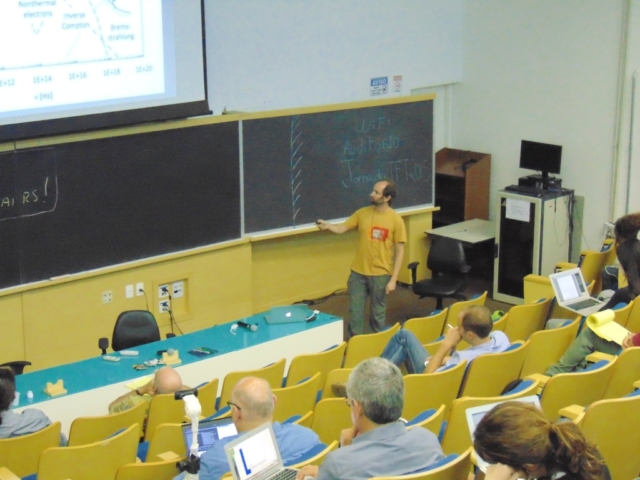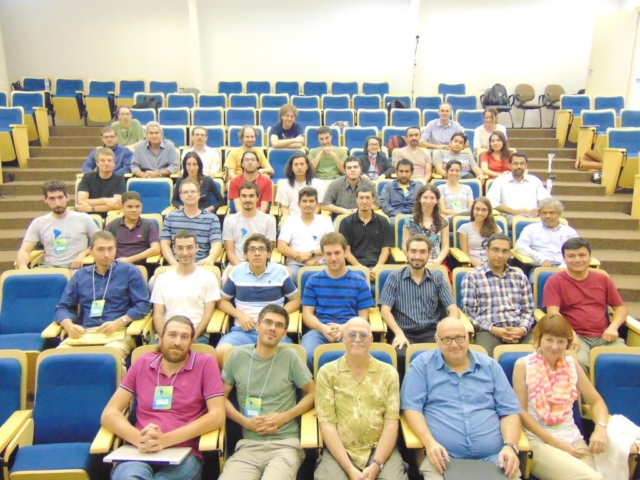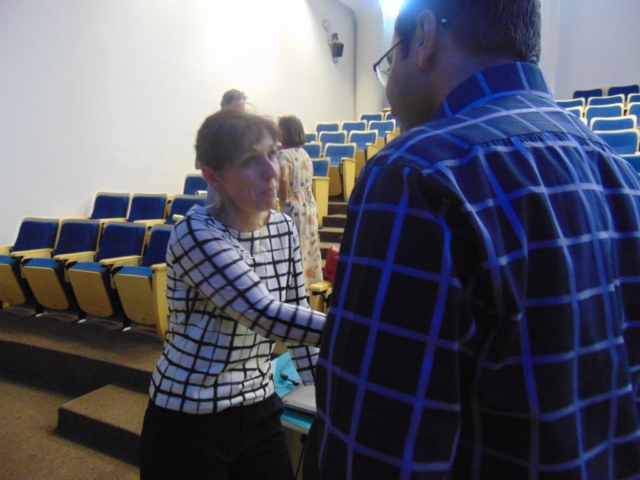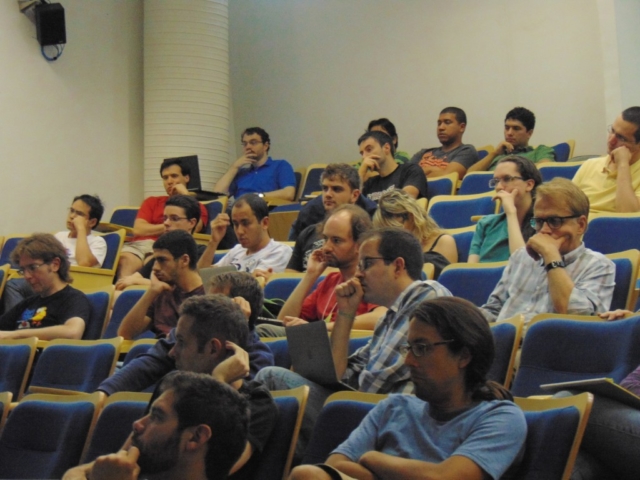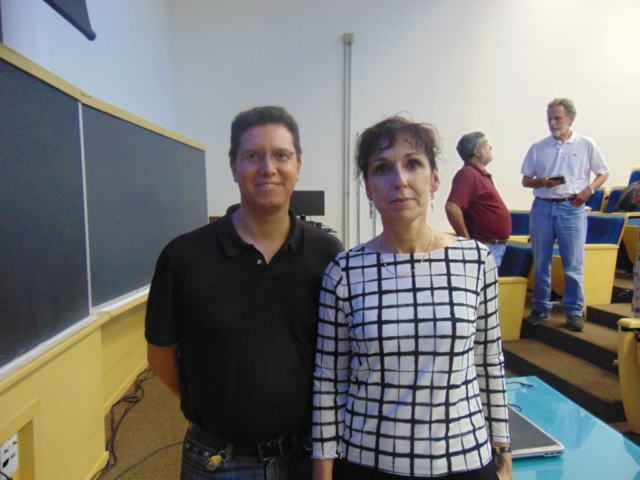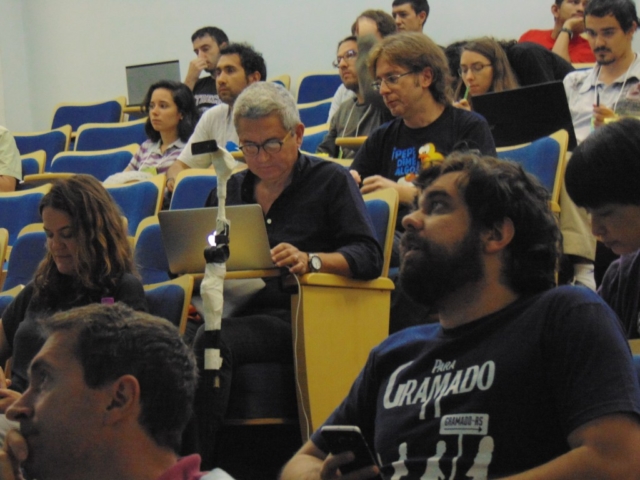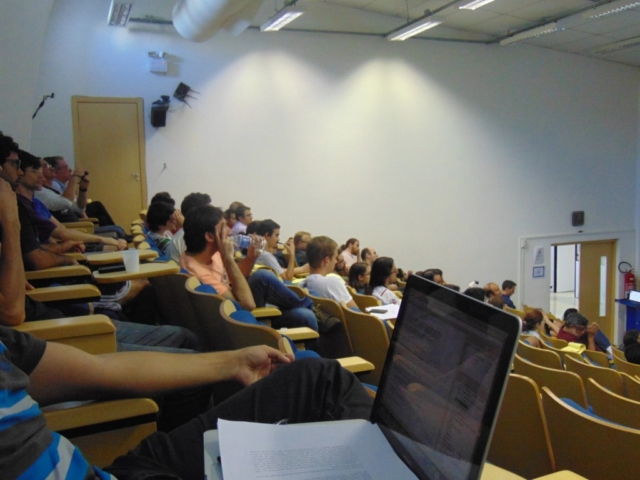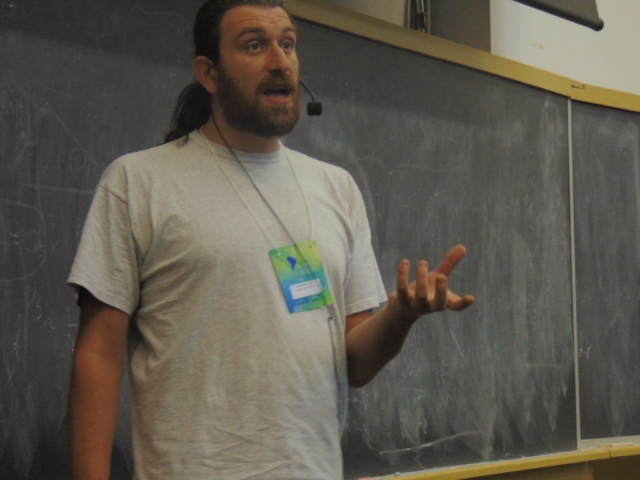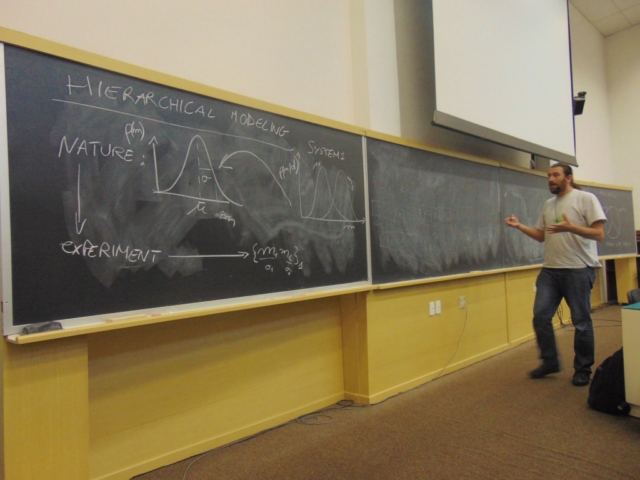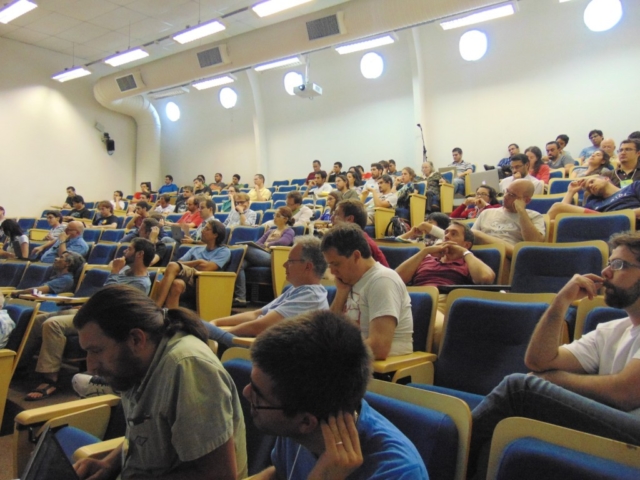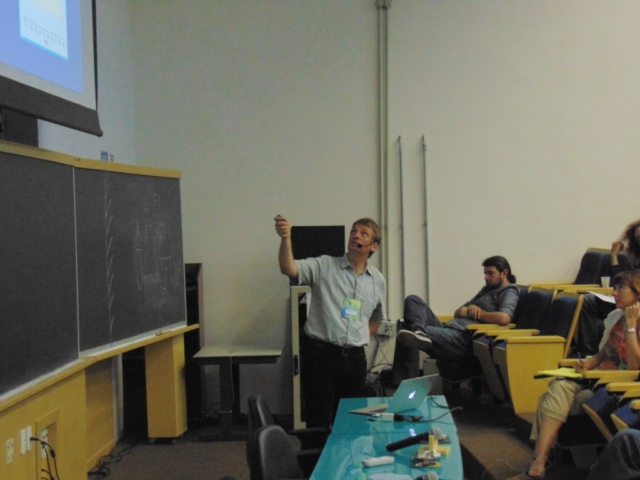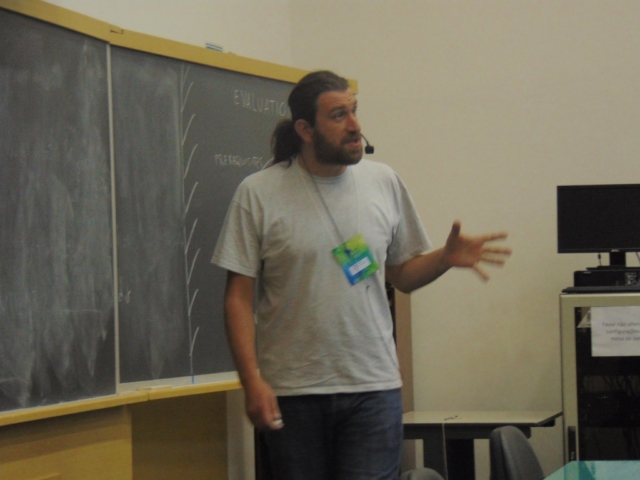TOPIC
ASTROPHYSICS, AND GENERAL RELATIVITY
of LISA and LIGO/Virgo sources. Organised by Pau Amaro-Seoane, José de Freitas Pacheco, and Riccardo Sturani.
The goal of the workshop is to address crucial questions in the fields, as well as to build new collaborative relationships – and strengthening existing ones – focused on the interpretation of gravitational wave (GW) observations using electromagnetic astrophysics as a tool of astronomical discovery and a probe of the fundamental physics of gravity. The new information obtained from current or future electromagnetic and GW observations provides an opportunity to challenge and refine theoretical models of the growth of massive black holes and the environments in galactic nuclei and other dense clusters. Refinements in these models will have direct consequences for the expected science that can be done with GW observatories. This workshop will tie observations and theoretical models to future gravitational-wave and electromagnetic observations.
The workshop will address the following subjects:
- Astrophysical environments which allow black holes to form, grow, collide, and merge, the determination of their electromagnetic counterparts for multi-messenger astrophysics covering electromagnetic and gravitational radiation.
- Dynamics of galactic nuclei: Impact on massive black hole growth and distribution of stars around them, creation of X-ray/UV flares by stellar tidal disruptions and formation of gravitational wave sources, for ground and space-borne detectors.
- The formation of intermediate-mass black holes in globular clusters and the interplay with the stellar environment: ultra-luminous X-ray sources (ULRX), capture of compact objects by the IMBH, “intermediate-mass ratio inspirals” (IMRIs), and the creation of IMBH binaries as a powerful source of GWs for ground- and space-borne detectors.
- Gravitational wave detections from ground-based observatories will open a new window on the astrophysics of binary systems containing black hole from a few to a few hundred solar masses. Waveform modelling is sufficiently accurate to enable the reconstruction of the dynamics allowing to determine, for instance, if tidal interactions or mass ratio reversal play a role in binary system formation.
PARTICIPANTS : 63
Salman Abarghouei Nejad, Mauro Alejandro Elias, Tal Alexander, Pau Amaro-Seoane, Cristóbal Armaza, Matthew Benacquista, Tamara Bogdanovic, Vinicius Branco, Christianne Camargo de Morais, Alejandro Cardenas Avendano, Bruno Carvalho Neves, Juliana Celestino, Cecilia Chirenti, Arthur Constantino Scardua, Gabriel Cozzella, Jorge Cuadra, Rodrigo Dal Bosco Fontana, Wilmer Daniel Alfonso Pardo, Julio David Melon Fuksman, Hanna Degani Mikhail, Walter Del Pozzo, Álefe de Oliveira Freire de Al meida, Eduardo dos Santos Pereira, Massimo Dotti, Jorge Enrique García Farieta, Julian Esteban Mejia Restrepo, Carlos Filipe Da Silva Costa, Carlos Frajuca, Felipe Garrido Goicovic, Kevin González Quesada, Zoltan Haiman, Gibran Henrique de Souza, César Henrique Lenzi, Fernando Henrique Salviatto Za go, Alfredo Herrera Aguilar, Boughaleb Hichame, Jose Ivan Nieva, Daniel J. D’Orazio, Pablo Laguna, Paola Leaci, Jin Li, Kai Lin, Jose Manuel Barrientos Ortiz, Jéssica Martins, Melissa Mendes Silva, Pedro Moraes, Rodrigo Nemmen, Nataly Nicole Ibarra Vera, Alessandro Parisi, Enrico Ramirez-Ruiz, César Rojas Bravo, Bangalore Sathyaprakash, Steve Schulze, Deirdre Shoemaker, Adam Smith Gontijo Brito de Assis, Riccardo Sturani, Cesar Vasquez, Nicolas Vattuone, Adriana Victoria Araujo Salcedo, Ronaldo Vieira Lobato, Danilo Viges Ruy, Salvatore Vitale, Niels Warburton
QUESTIONS:
Addressed and worked out partially in the satellite sessions. Download here.
MOVIES OF THE TALKS
Please visit this URL.
PICS

